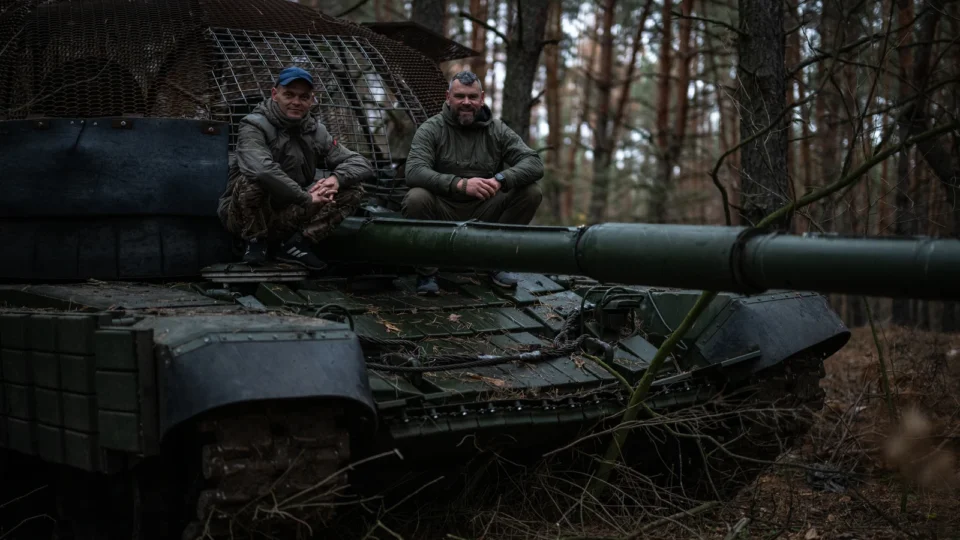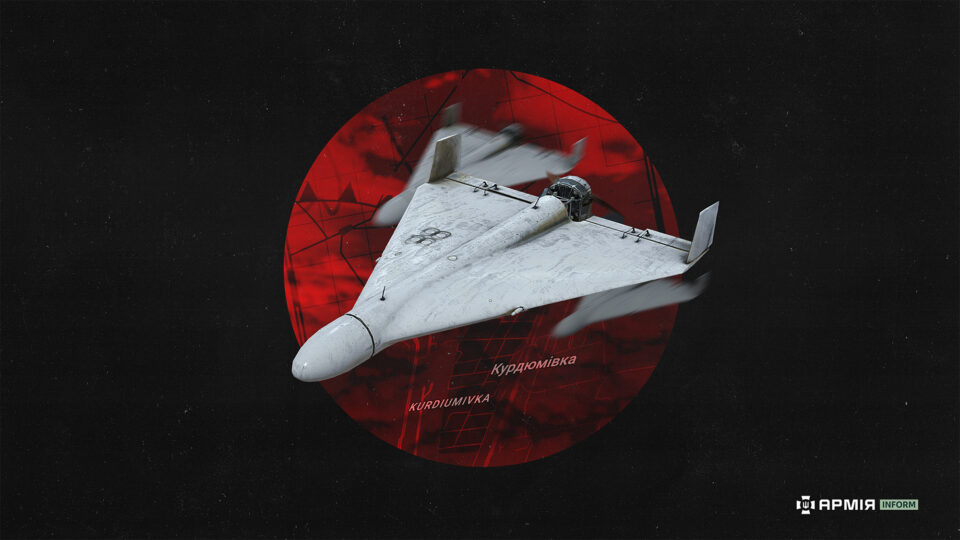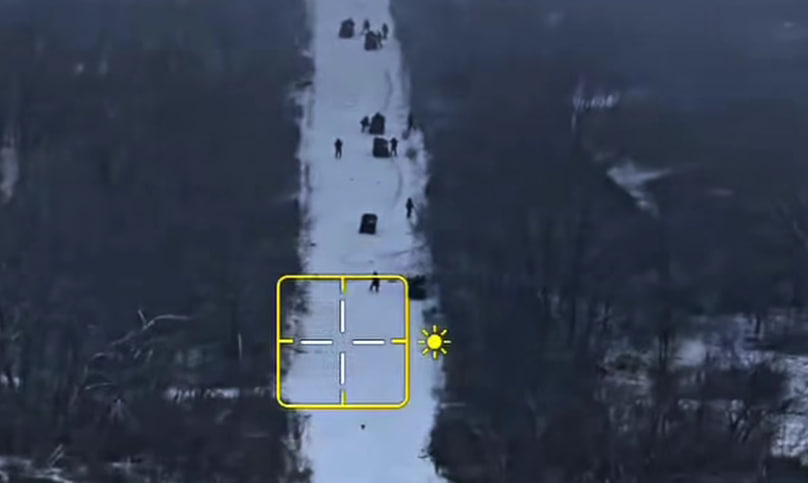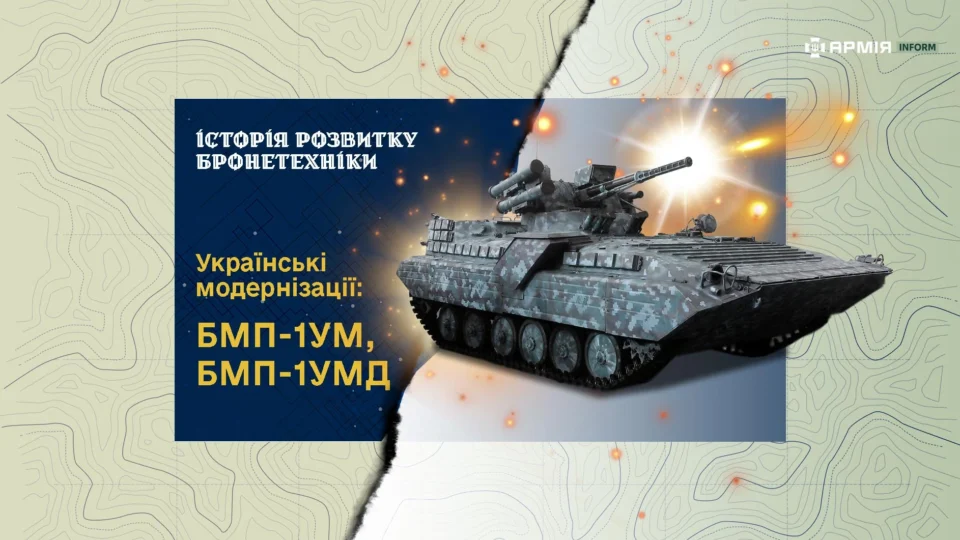In the past, flying drones were used successfully — and sometimes not so successfully — not only during wars but…

In Anchorage, the largest city in Alaska, on the eve of U.S. President Donald Trump’s meeting with the Russian dictator, a rally in support of Ukraine took place.
Hundreds of people came out into the streets carrying Ukrainian flags and posters with slogans that sent a clear message: the Kremlin’s maniac was not welcome here.
The demonstrators recalled the Russian billboards of 2022 that read “Alaska is Ours” and held a banner with the slogan: “Ukraine and Alaska will never again be Russian.”
Never again… Indeed, there was a time when Alaska was nominally considered part of the Russian Empire (in fact, from July 9, 1799, to October 18, 1867, Alaska and its adjacent islands were administered by the Russian-American Company). Only Russian traders were present on the peninsula; no genuine Russian colonies were ever established. Instead, the Russian Orthodox Church sent missionaries to the indigenous peoples and built churches.
Eventually, due to unjustifiably high financial expenses of maintaining Russian trading companies in the territory, Emperor Alexander II sold Alaska to the Americans in 1867.
On March 30, 1867, in Washington, an agreement was signed under which the Russians were paid $4.74 per square kilometer. That same year, on Friday, October 18, at 3:30 p.m., American troops entered Sitka, the capital of Alaska. Russian flags were taken down from all buildings and replaced with American ones.
Thirty years later, gold deposits were discovered in Alaska, sparking the so-called Gold Rush. Russians bit their nails in regret. During the “Rush” years, about 1,000 tons of gold were mined on the peninsula—more than ten times covering the price paid for Alaska. Later, massive oil reserves were also discovered there.
As late as the 1960s, Russians tried to spread the myth that Alaska had actually been “leased” for 100 years and began demanding its return. But the manipulation failed, since the 1867 treaty survived—and it clearly stated that Alaska and the Aleutian Islands passed to the United States in full ownership, forever, irrevocably, and without conditions. Modern Putinist historiography hints that Russia was “cheated” back then, and this “injustice” must be corrected…
The name Alaska derives from the Aleut word Alyakhsu, meaning “land” or “continent.” Alaska was part of the Russian Empire for 126 years, counting from its official “discovery” in 1741 by Danish captain Vitus Bering (whose name was given to the sea and strait), while he was in Russian service. However, this does not mean that Alaska and the surrounding islands had not been explored before. Have you ever wondered who the so-called “Russians” were who first set foot on this land?
Modern Russian historiography carefully avoids this period in the history of Alaska and the Aleutian Archipelago, beginning its narrative only from the second quarter of the 18th century, i.e., from August 21, 1732, when members of the crew of the boat St. Gabriel under Mikhail Gvozdev landed on the North American coast.
However, according to American historian Hubert Bancroft, the first to reach Alaska and the Aleutian Islands back in 1669 was a Cossack named Luka Morozko, who was “driven there by winds.” This same Cossack is mentioned again in 1695–1696, when Luka Semeniv Morozko was sent to Anadyr fortress to collect tribute. It is unclear whether Morozko was a subject of the Muscovite Tsardom at that time, but the fact that he was ethnically Ukrainian leaves little doubt.
There are also records of Cossacks appearing in Alaska after 1709, seeking escape and new lands to settle. This was mentioned in the works of prominent Ukrainian historians Mykola Arkas and Dmytro Yavornytsky.
Ukrainian-American researcher Anna Vlasenko-Boytsun, in her book “Ukrainian Names in the USA” (Bismarck–Greeley, 1977), asserts that the above-mentioned Mikhail Gvozdev was in fact a Ukrainian Cossack—his real surname being Hvozd. His comrades, also in imperial service, were Ukrainians Ivan Fedoriv and Dmytro Pavlutsky, as well as German Jacob Hens.
Interesting details about Cossacks on the American continent were provided by Yevhenii Matrosov, a native of Kyiv province who emigrated to the United States in the 1890s. In his article “Overseas Rus’”, published in 1897 in five issues of the Historical Messenger journal in Philadelphia, he wrote:
“…the brave Zaporizhian Cossacks, after the destruction of the Sich by Empress Catherine II in 1775, migrated in large numbers to the mouth of the Amur River. In their chaikas (Cossack boats), they sailed far across the Pacific Ocean and often landed on various islands along the coast of the mainland. Thus, the discovery and exploration of the North American mainland was undoubtedly the work of the Cossack volnytsia (freebooters). Russian traders later followed in their footsteps to trade for furs…”
Zaporizhian Cossacks settled on the Alaskan peninsula, where by 1896 their descendants still formed a sizable Ukrainian community.
The presence of Ukrainians in Alaska is evidenced by numerous toponyms that remain to this day.
Thus, it is no coincidence that the people of Alaska support Ukraine today. Ukrainian Cossacks and explorers were among the very first to reach the shores of North America, and their memory endures in local place names.
The Cossacks, experienced sailors of the Black Sea, sought lands where they could continue their free life. They shared the same ideals as the first American settlers — freedom and justice. They were just as daring as modern Ukrainians, who have not been afraid to challenge the “second army of the world” and defend the entire civilized world from Russian expansion.
@armyinformcomua

Defenders — both men and women — who fought for the freedom and independence of Ukraine within the Security and Defense Forces of Ukraine are entitled to a range of benefits and opportunities in the field of healthcare.

No matter how cold and gloomy the harsh winter forest may seem, it can provide reliable shelter for our warriors, instilling calm and confidence in them.

On the night of December 17, Russia attacked Ukraine with 69 strike unmanned aerial vehicles from several directions.

The Ministry of Defense has initiated the launch of a special legal regime, Defence City, a state support instrument for enterprises of the defense-industrial complex. The regime is expected to come into effect on January 5, 2026, following the adoption of the relevant decisions by the Cabinet of Ministers.

Russia’s attempt to take advantage of winter fog and low visibility in the Dobropillia sector ended in failure even before reaching Ukrainian positions. A motorized infantry assault that the occupiers had planned as a rapid breakthrough was stopped and destroyed by the Defense Forces halfway to its objective.

Russian aggression, which began in February 2014, led to a rapid quantitative expansion of the Armed Forces of Ukraine. Newly formed brigades required combat equipment.
In the past, flying drones were used successfully — and sometimes not so successfully — not only during wars but…